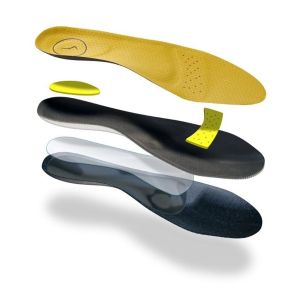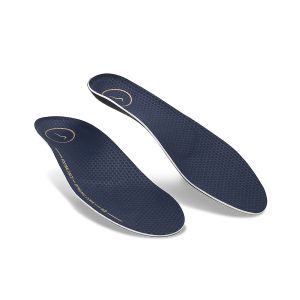 Plantar Fasciitis is an inflammation caused by excessive stretching of the plantar fascia.
Plantar Fasciitis is an inflammation caused by excessive stretching of the plantar fascia.
The plantar fascia is a broad band of fibrous tissue which runs along the bottom surface of the foot, attaching at the bottom of the heel bone and extending to the forefoot. When the plantar fascia is excessively stretched, this can cause plantar fasciitis, which can also lead to heel pain, arch pain, and heel spurs.
Causes
Plantar Fasciitis often leads to heel pain, heel spurs, and/or arch pain. The excessive stretching of the plantar fascia that leads to the inflammation and discomfort can be caused by the following:
- Over-pronation (flat feet) which results in the arch collapsing upon weight bearing
- A foot with an unusually high arch
- A sudden increase in physical activity
- Excessive weight on the foot, usually attributed to obesity or pregnancy
- Improperly fitting footwear
- Over-pronation (flat feet) is the leading cause of plantar fasciitis.
- Over-pronation occurs in the walking process, when a person’s arch collapses upon weight bearing, causing the plantar fascia to be stretched away from the heel bone.
With Plantar Fasciitis, the bottom of your foot usually hurts near the inside of the foot where the heel and arch meet. The pain is often acute either first thing in the morning or after a long rest, because while resting the plantar fascia contracts back to its original shape. As the day progresses and the plantar fascia continues to be stretched, the pain often subsides.
Solutions
A good orthotic with flexible arch support and rearfoot posting is an effective device to reduce the over-pronation and allow the condition to heal.
Every time your foot strikes the ground, the plantar fascia is stretched. You can reduce the strain and stress on the plantar fascia by wearing shoes and orthotics that support your arch to prevent over-stretching of the plantar fascia.











